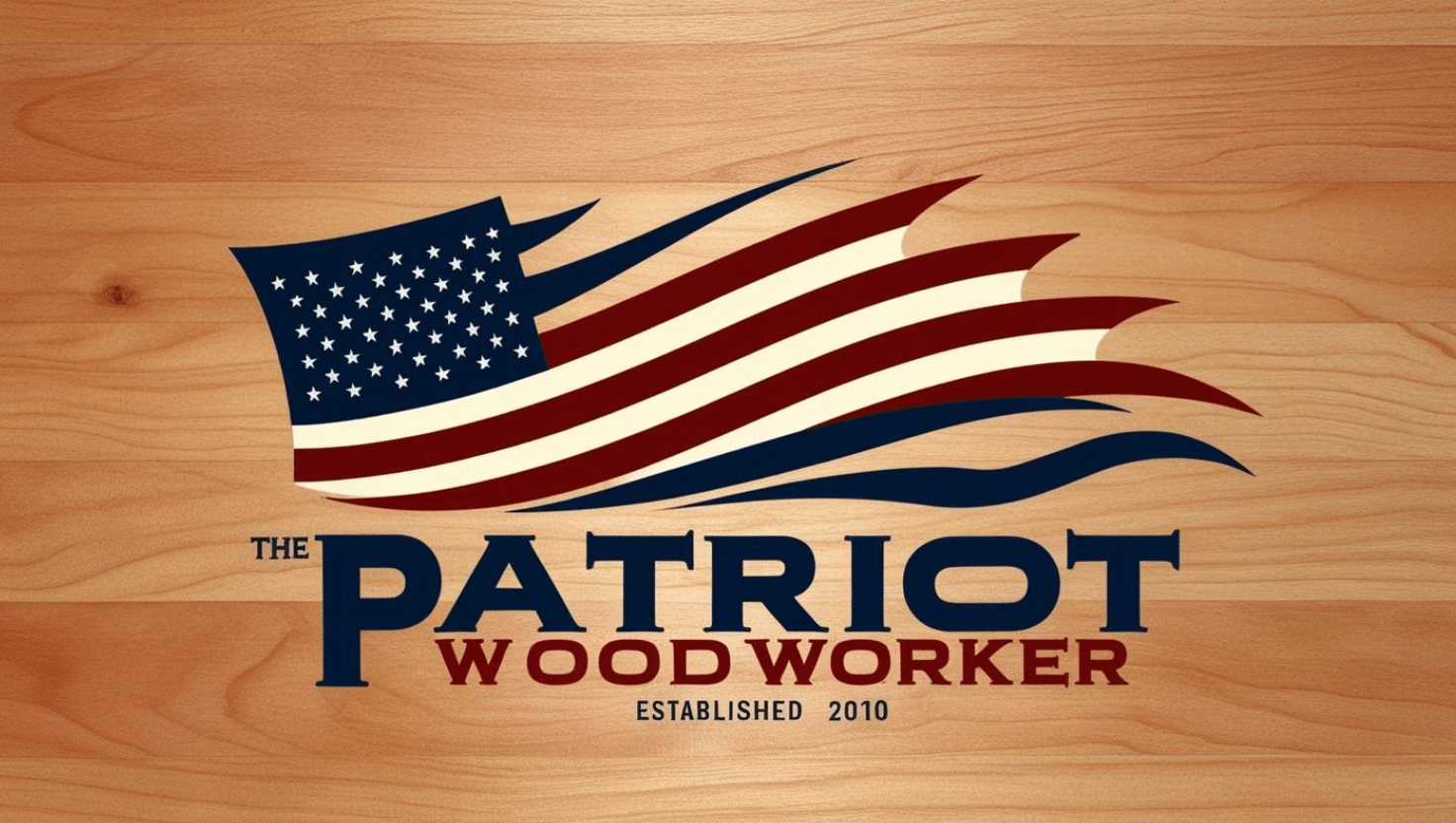 The Hardwoods are commonly known as Broadleaf trees because of their broad netted-vein leaves. The botanical name for these plants is Dicotyledon. They are usually deciduous. Generally they grow in Temperate Zones and at comparatively low elevations. Our native forest hardwoods comprise 17 maples and boxelders, 7 birches, 61 oaks, 18 hickories, 19 ashes, 6 elms, 15 cottonwoods and poplars, 22 willows, 14 wild cherries, 11 wild plums, 10 wild apples, 178 hawthorns, 6 hackberries, 5 gums, 9 magnolias and 297 other miscellaneous species, including such trees as the mulberries, holly, locusts, persimmon, dogwood and walnuts. In addition, a large number of exotic trees, mostly hardwoods, have been introduced into the United States. They were brought in principally for ornamental and landscape planting, but many of them have escaped cultivation and have become well established in the forests, woodlots and along streams in the different sections of our country. This is true, for example, of the Chinaberry, Ailanthus, Tamarisk, Mimosa, and many others.
The Hardwoods are commonly known as Broadleaf trees because of their broad netted-vein leaves. The botanical name for these plants is Dicotyledon. They are usually deciduous. Generally they grow in Temperate Zones and at comparatively low elevations. Our native forest hardwoods comprise 17 maples and boxelders, 7 birches, 61 oaks, 18 hickories, 19 ashes, 6 elms, 15 cottonwoods and poplars, 22 willows, 14 wild cherries, 11 wild plums, 10 wild apples, 178 hawthorns, 6 hackberries, 5 gums, 9 magnolias and 297 other miscellaneous species, including such trees as the mulberries, holly, locusts, persimmon, dogwood and walnuts. In addition, a large number of exotic trees, mostly hardwoods, have been introduced into the United States. They were brought in principally for ornamental and landscape planting, but many of them have escaped cultivation and have become well established in the forests, woodlots and along streams in the different sections of our country. This is true, for example, of the Chinaberry, Ailanthus, Tamarisk, Mimosa, and many others.
The wood produced from hardwood trees may be either hard or soft in texture; the hardness or softness of the wood does not necessarily place it in the softwood or hardwood classification. The wood of some hardwood trees, such as Basswood and Boxelder, is very much softer in texture than the wood of most softwood or coniferous trees.
Included in this volume is a representative list of hardwoods, selected because of their commercial importance, diversity of color and characteristics of grain, texture and figure.
Bibliography
Shelley E. Schoonover (American Woods) 1951 (Watling & Co. ) Santa Monica, CA

.thumb.jpg.573d1497d0675219908c85aabefd797a.jpg)

Recommended Comments
There are no comments to display.
Join the conversation
You can post now and register later. If you have an account, sign in now to post with your account.
Note: Your post will require moderator approval before it will be visible.